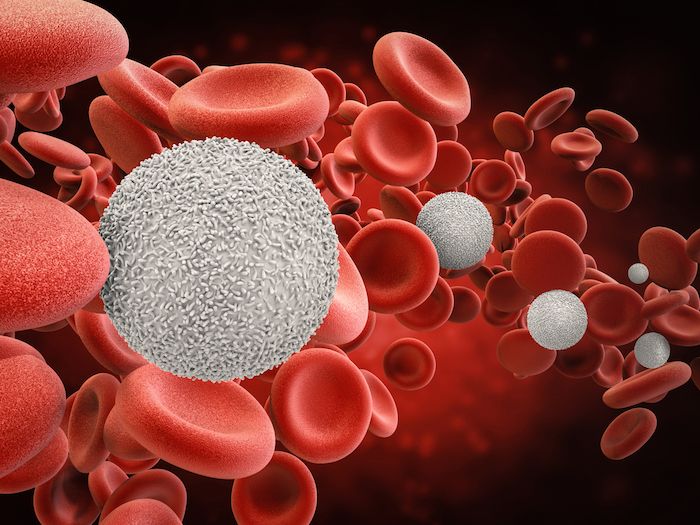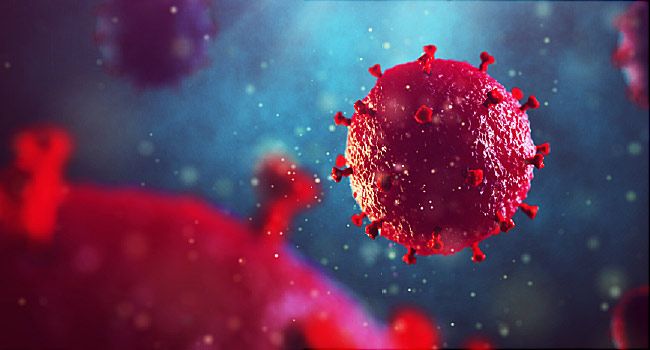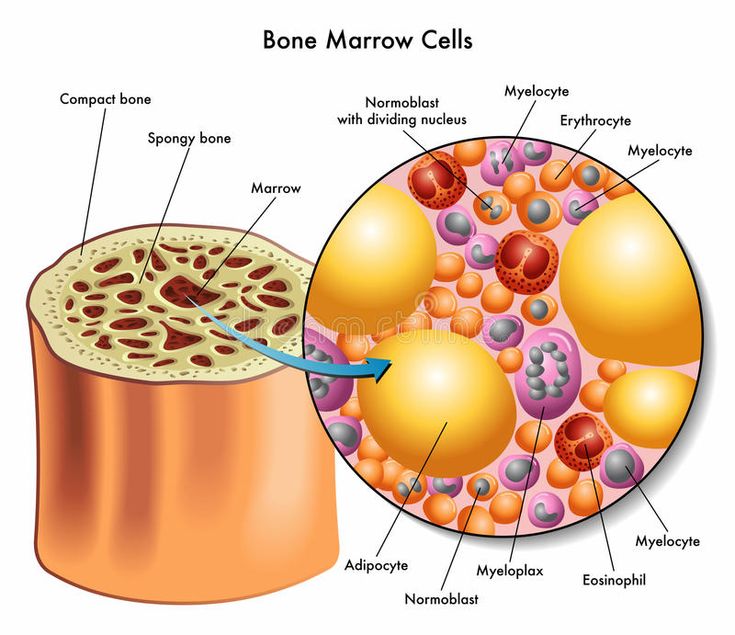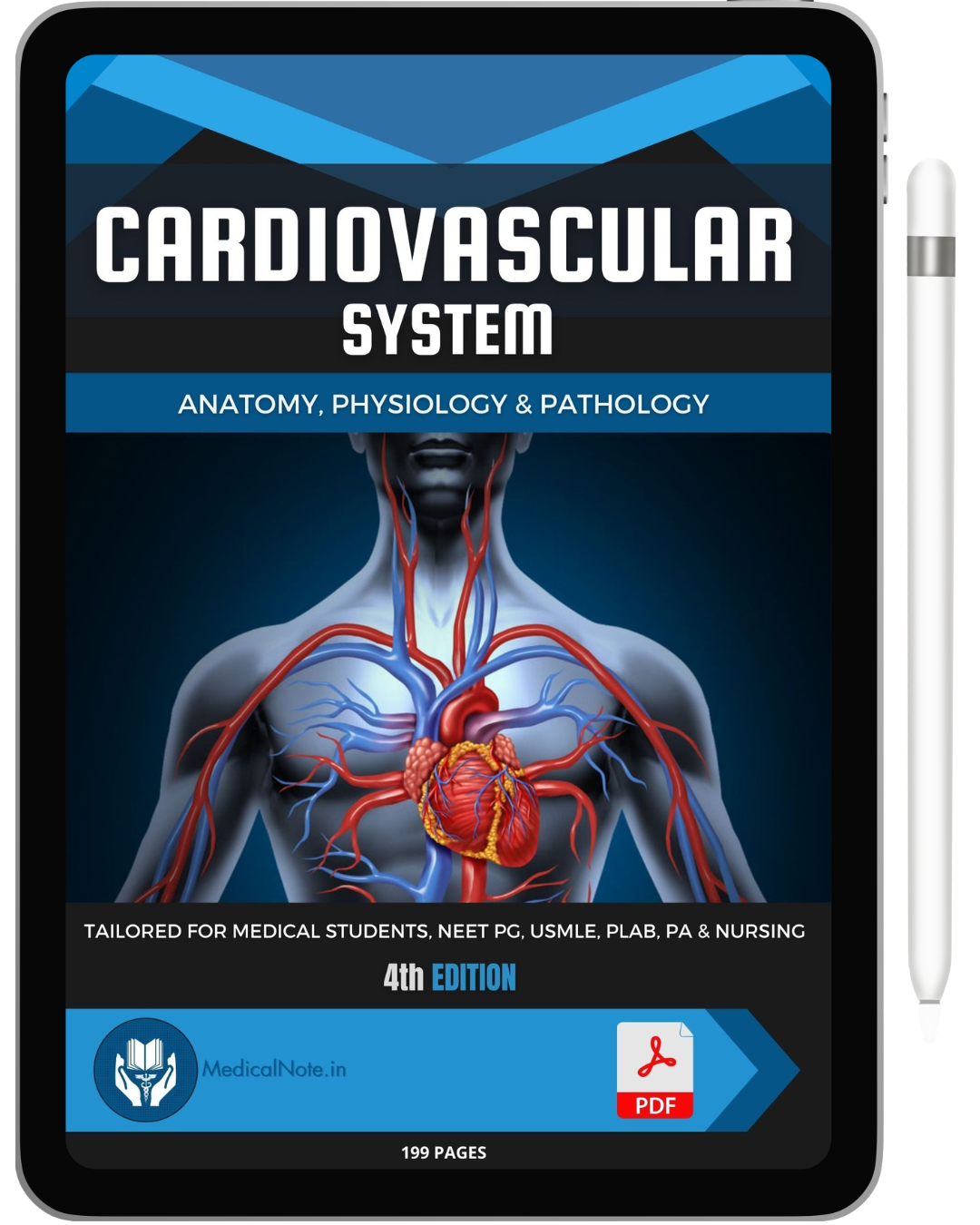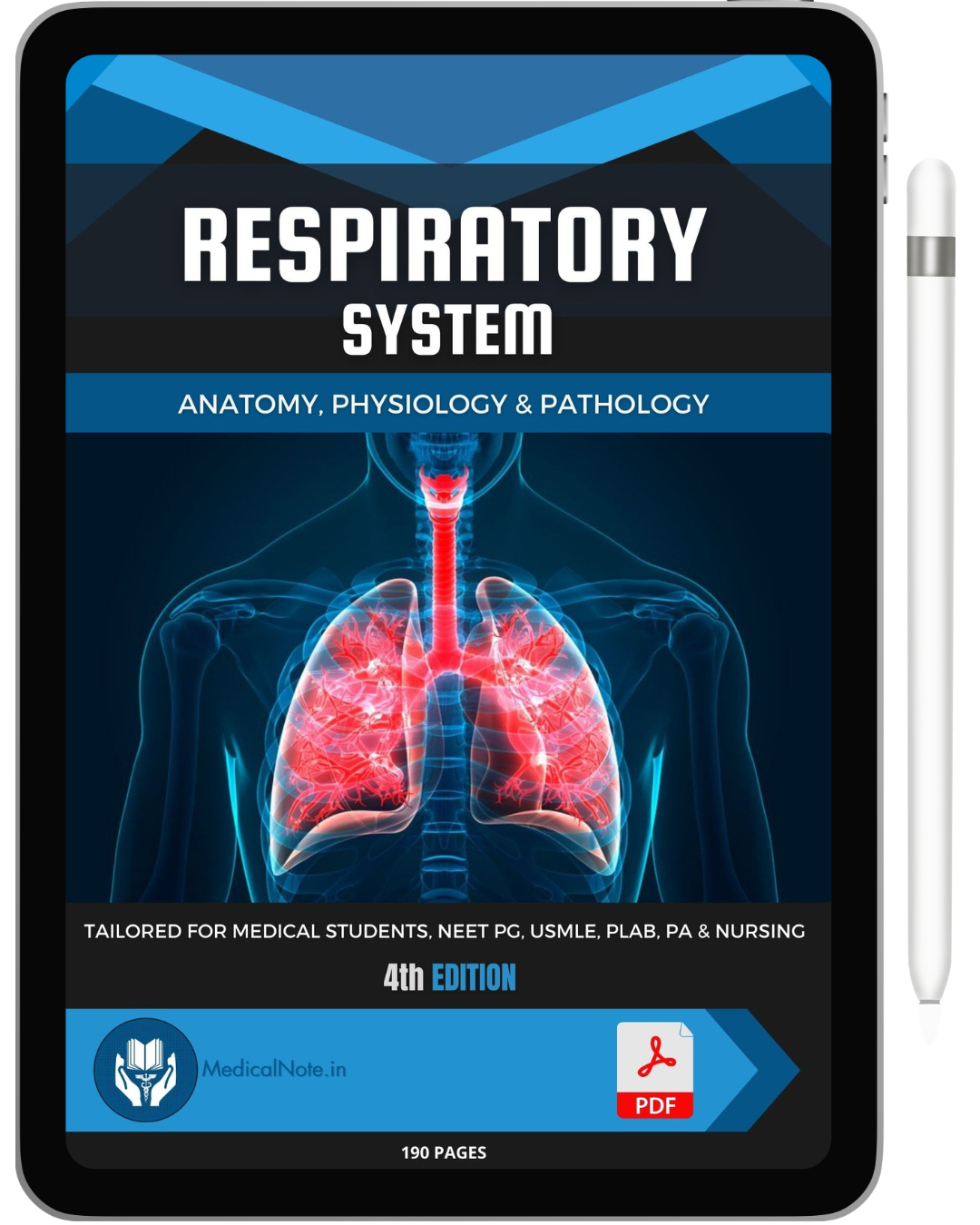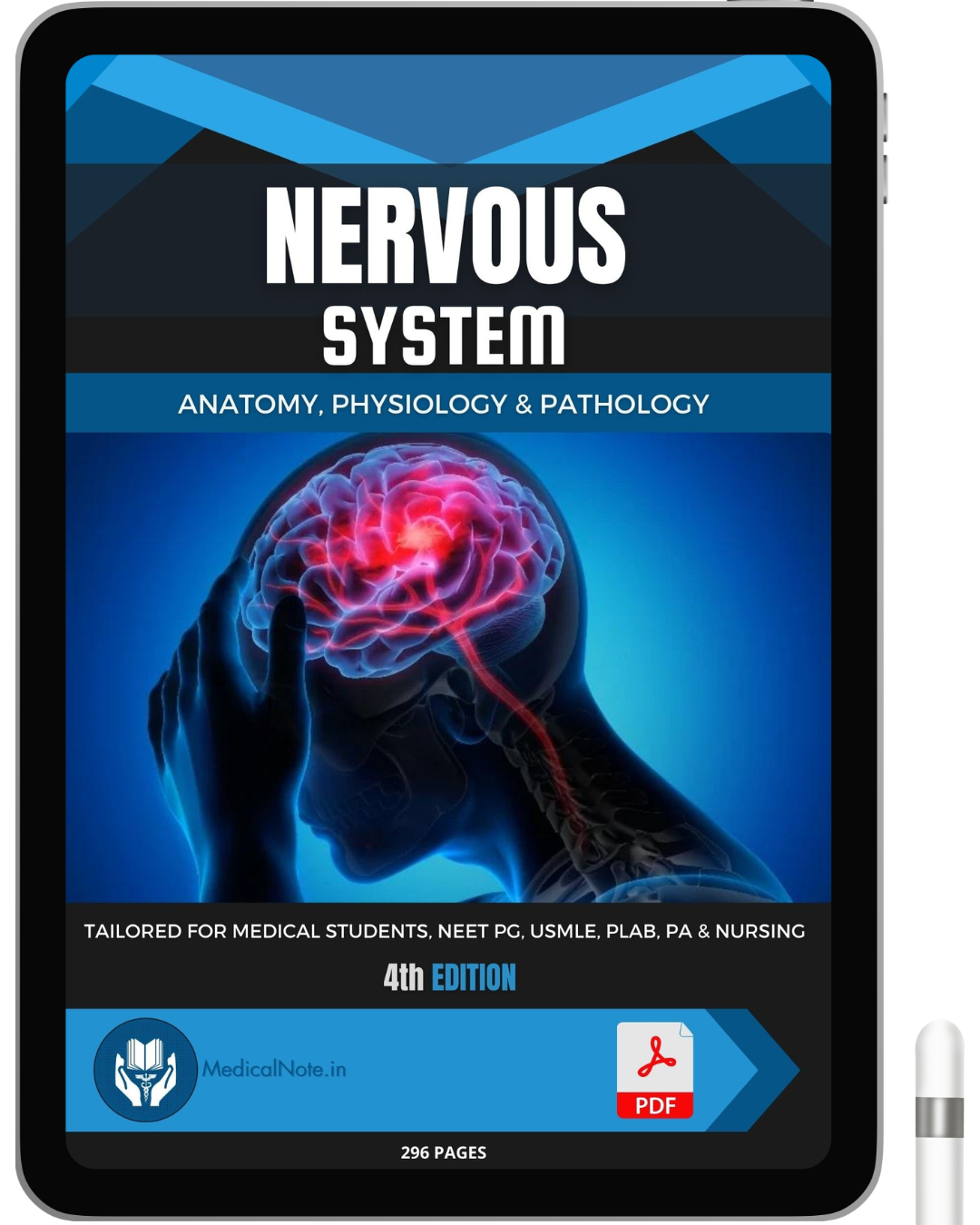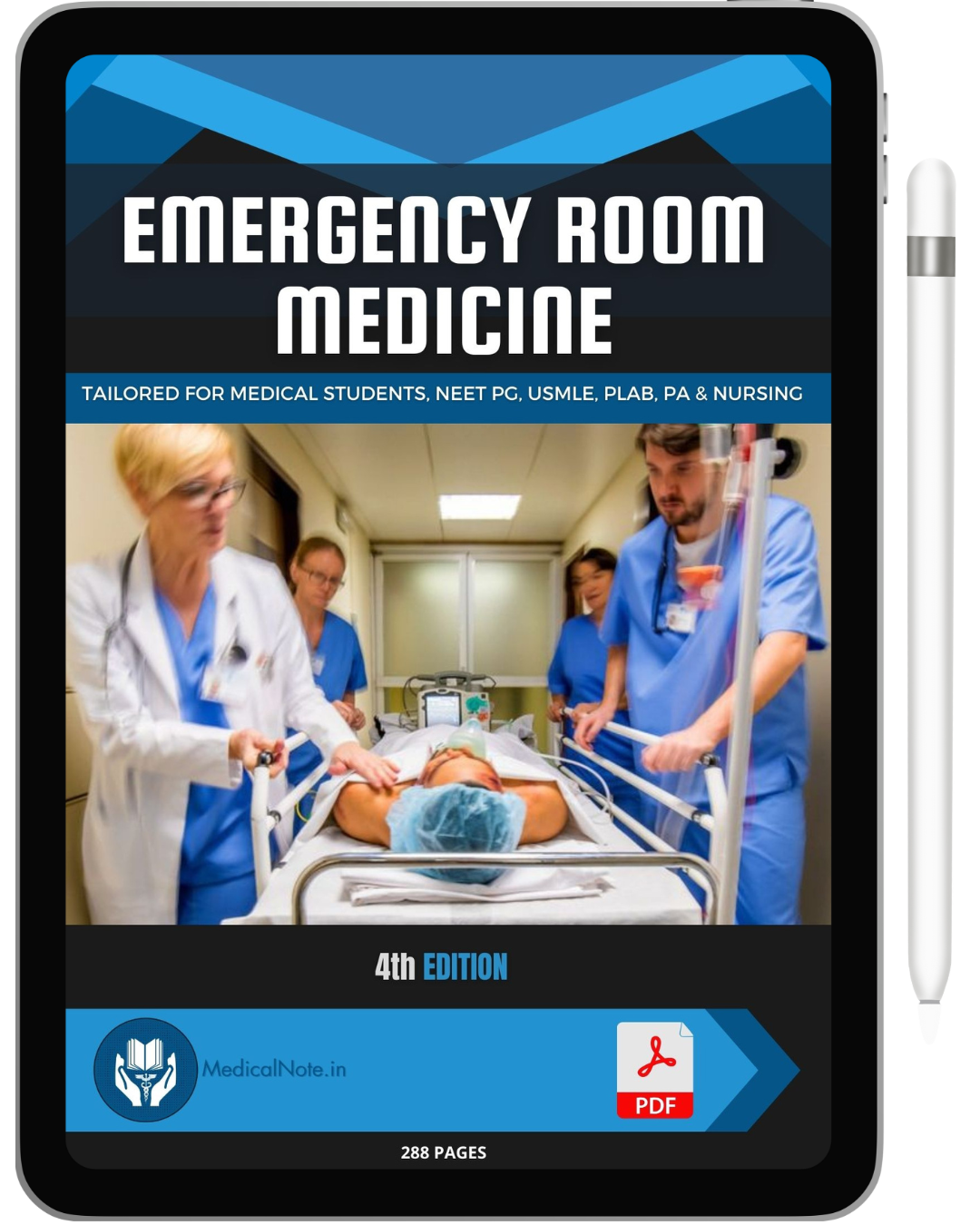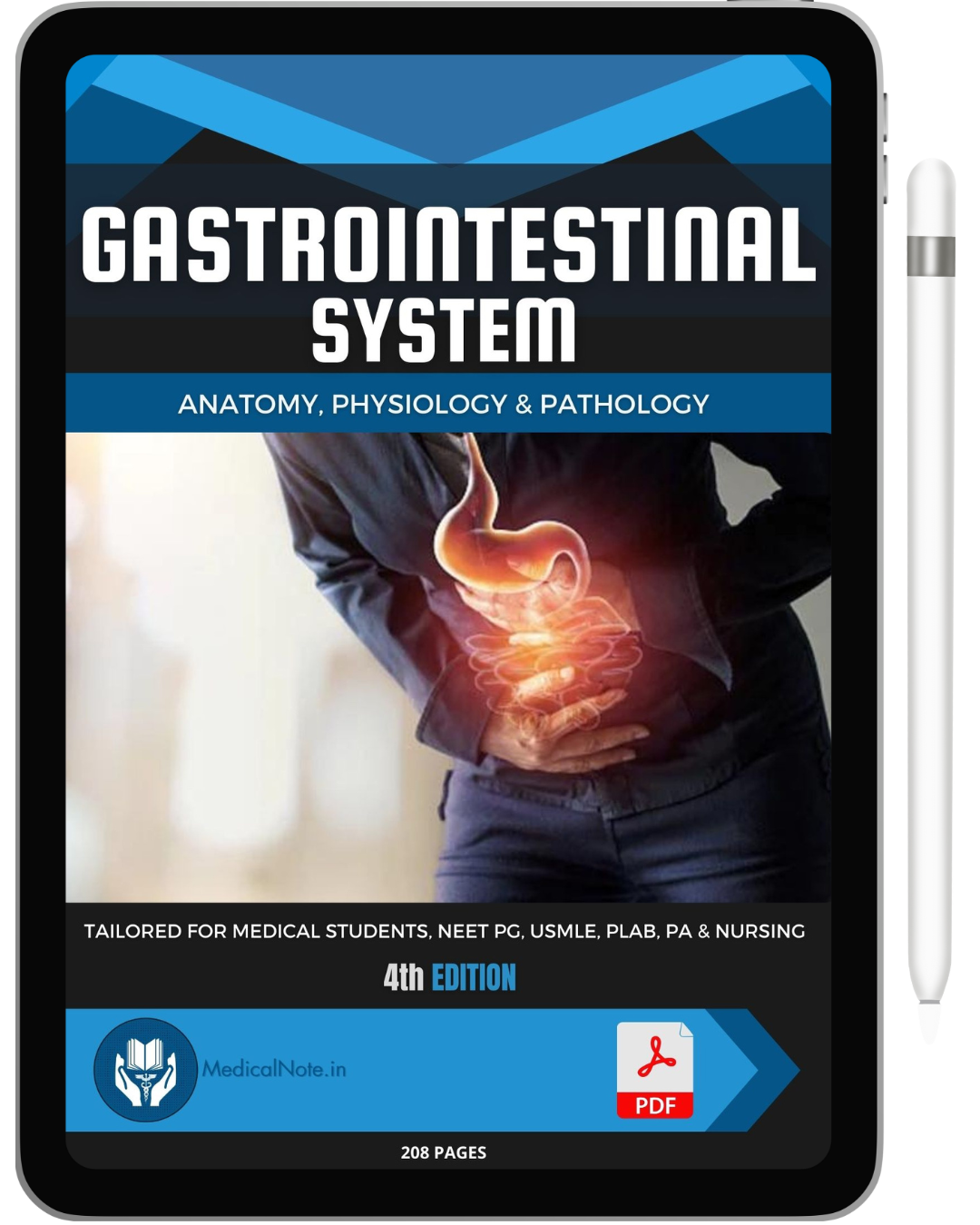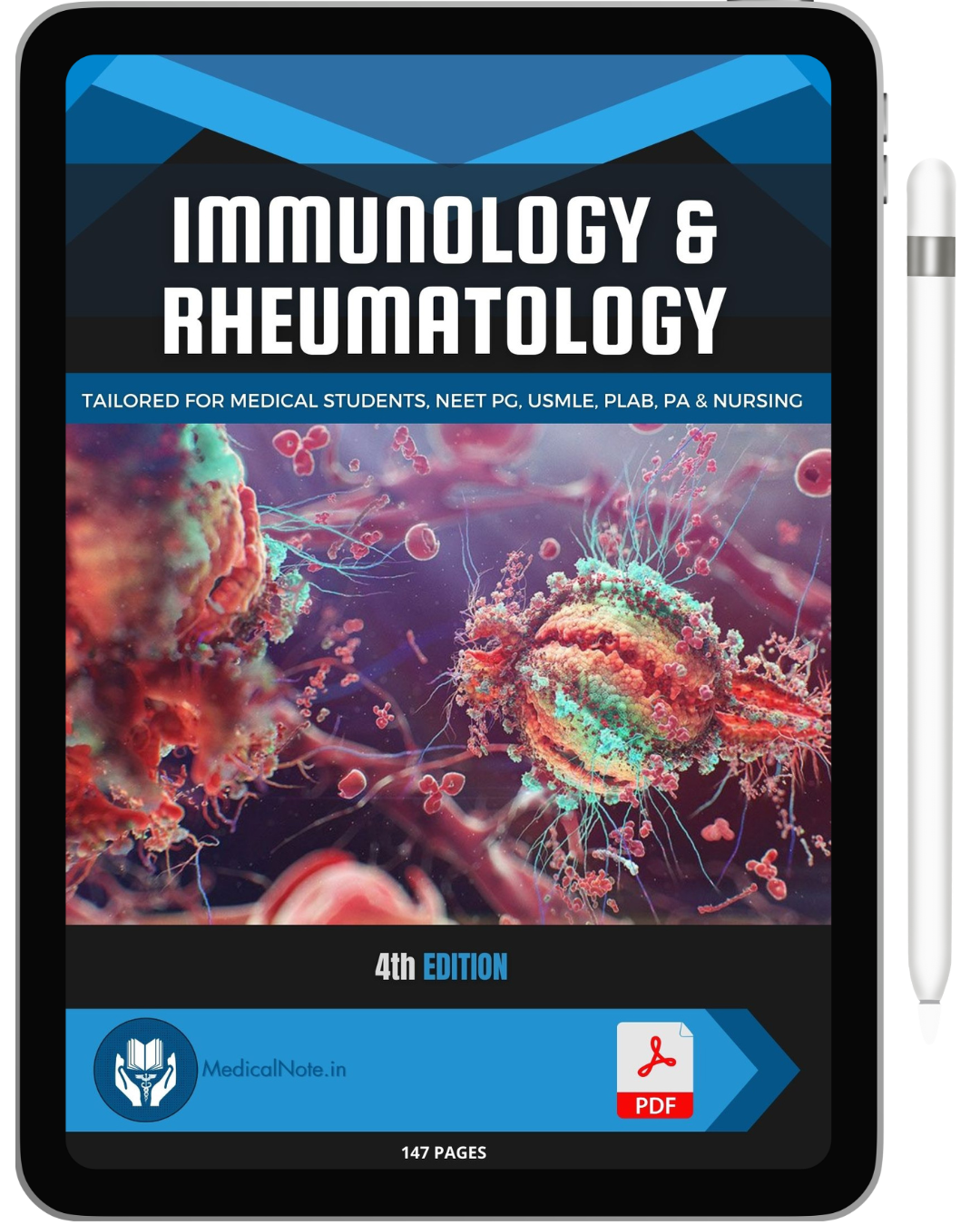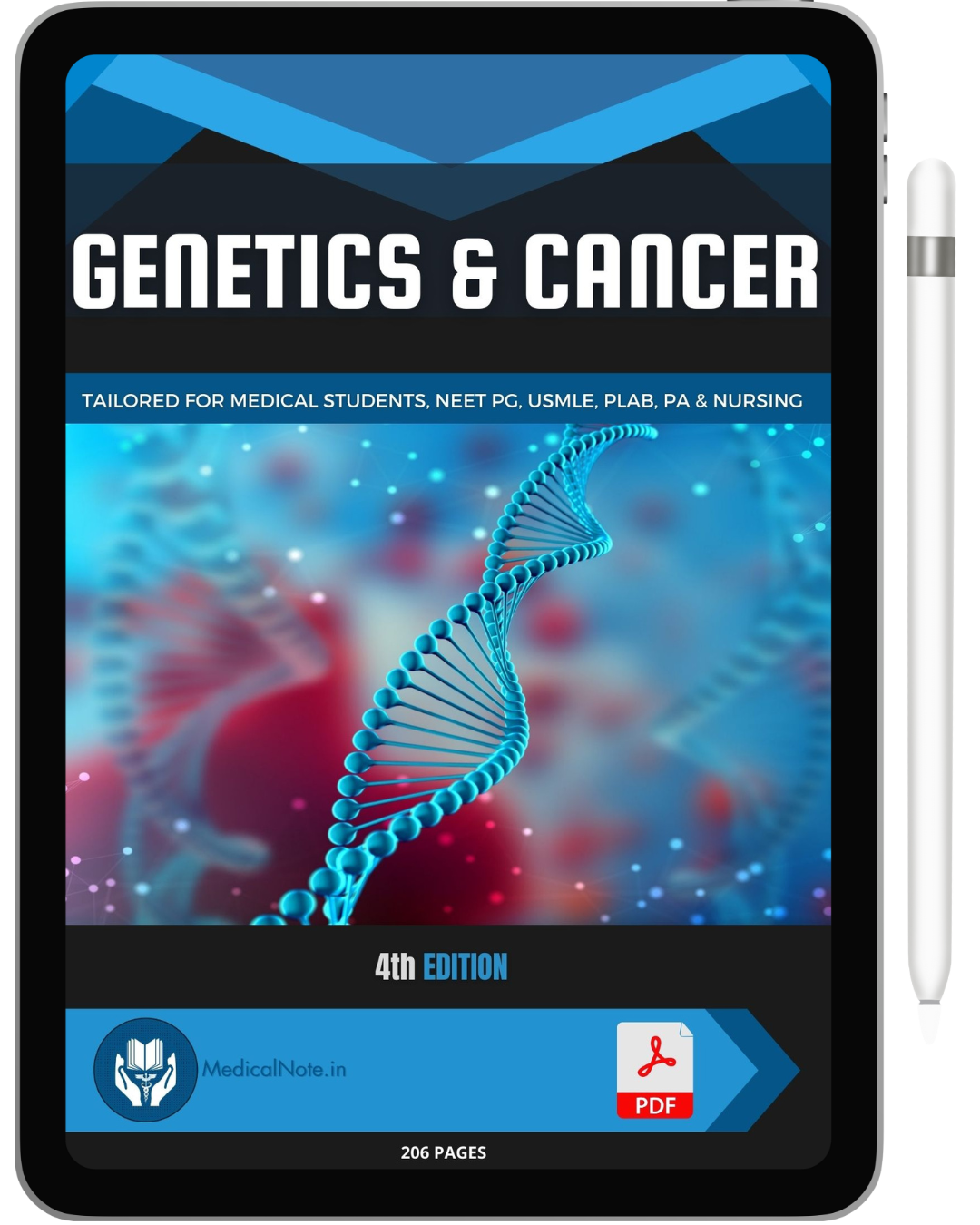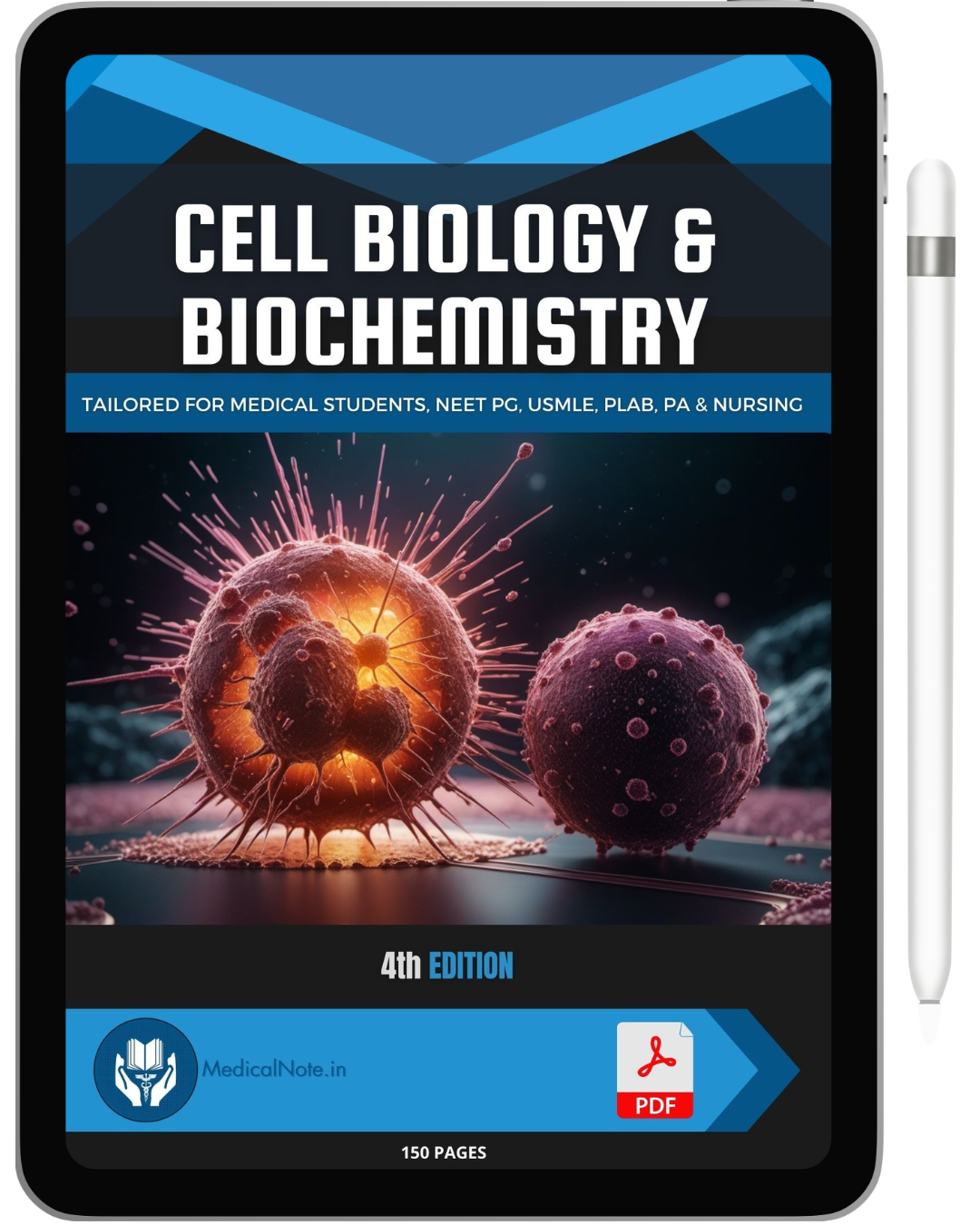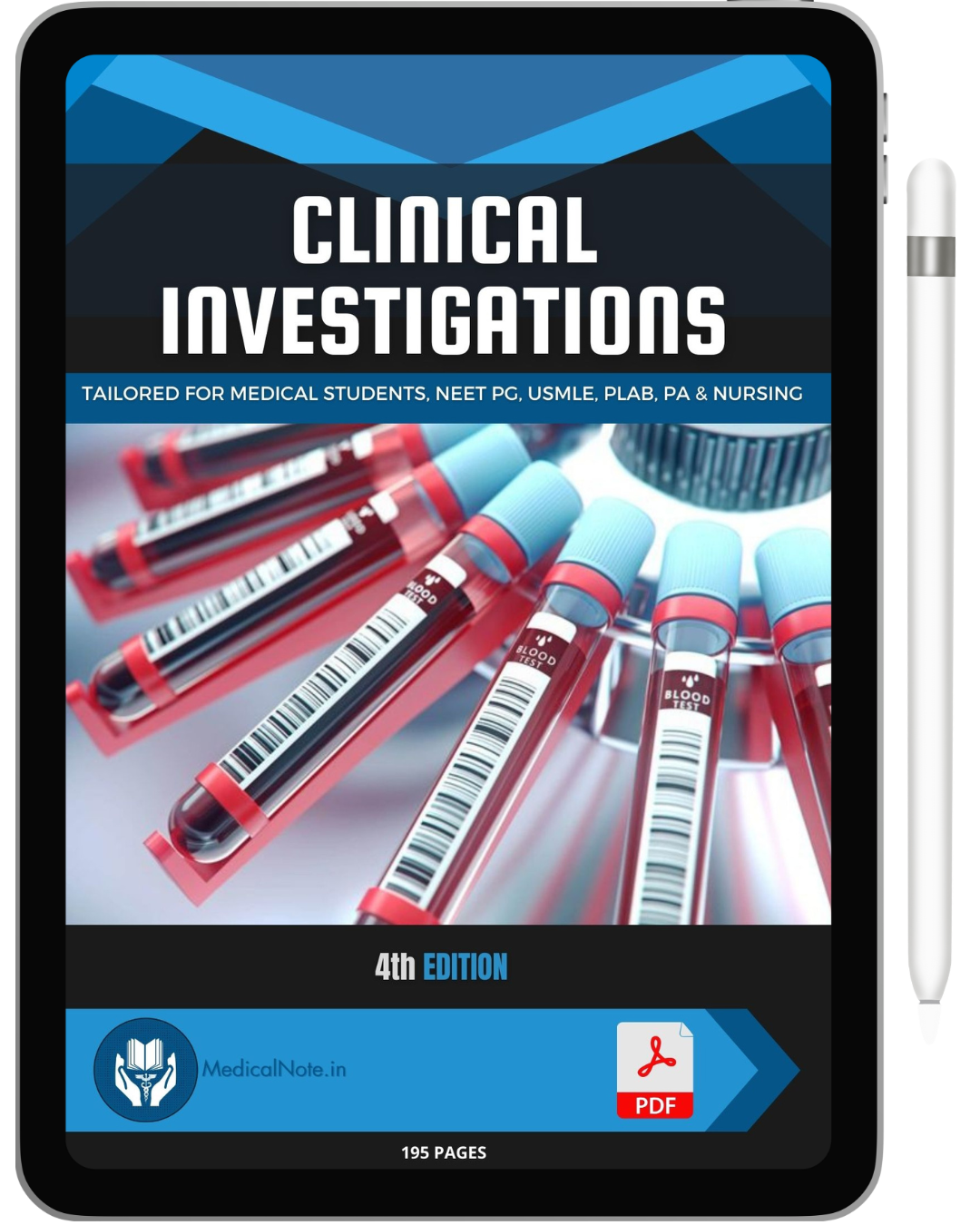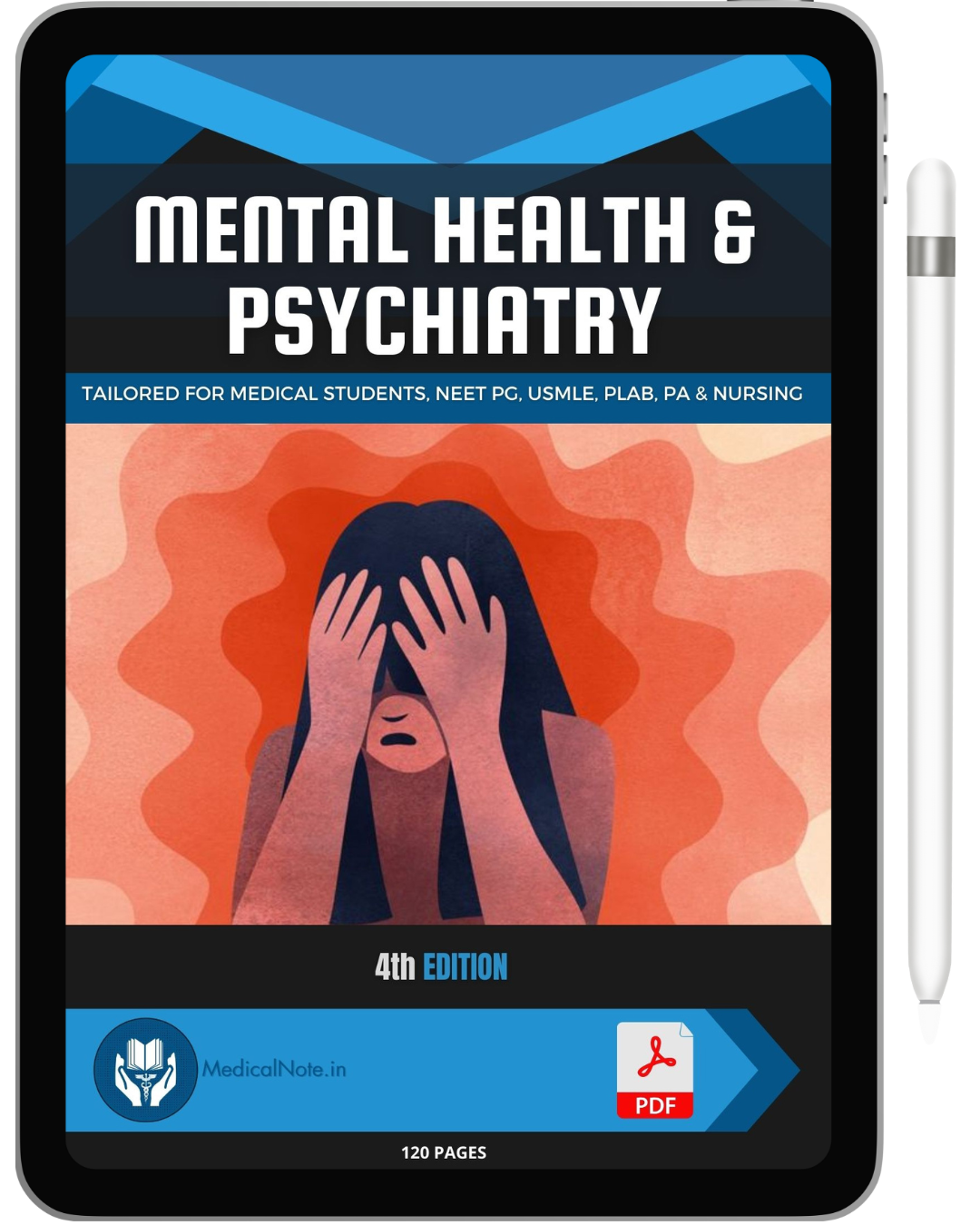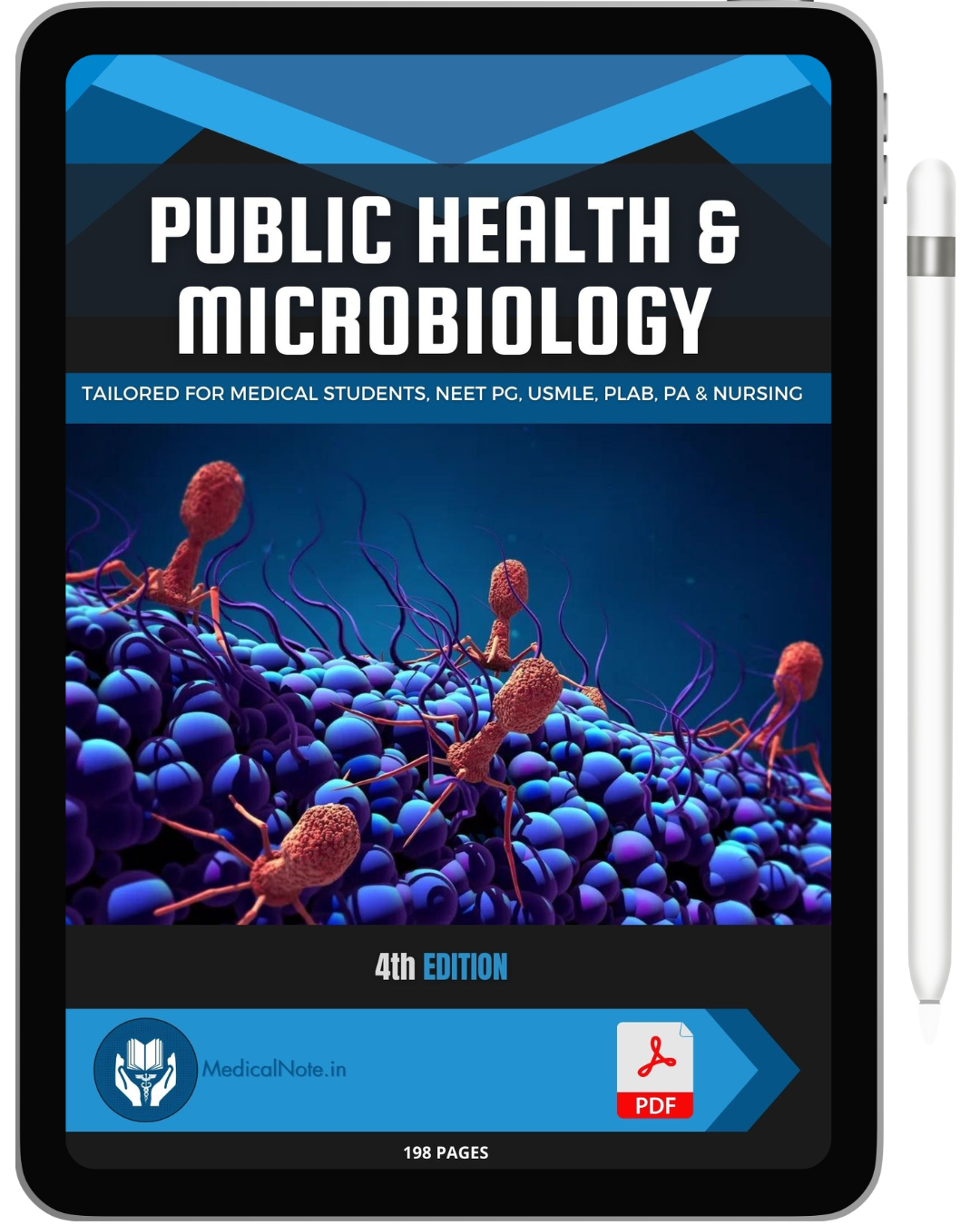Leukemia is a group of cancers that typically begin in the bone marrow and result in high numbers of abnormal white blood cells. This blog will provide an in-depth look at the types, symptoms, diagnostic methods, and treatment options for leukemia, serving as an essential resource for medical students studying hematology.
Body:
-
Types of Leukemia:
- Acute Lymphocytic Leukemia (ALL): Common in children, characterized by the rapid increase of immature lymphocytes.
- Acute Myeloid Leukemia (AML): Rapid growth of abnormal myeloid cells, more common in adults.
- Chronic Lymphocytic Leukemia (CLL): Slow-growing cancer of lymphocytes, often seen in older adults.
- Chronic Myeloid Leukemia (CML): Slowly progressing cancer that typically affects older adults.
-
Symptoms:
- Fatigue, fever, frequent infections, weight loss, and swollen lymph nodes.
- Bruising, bleeding, and bone or joint pain.
-
Diagnosis:
- Blood tests to detect abnormal white blood cells.
- Bone marrow biopsy to confirm the presence of leukemia cells.
- Imaging tests like CT scans to assess the spread of the disease.
-
Treatment Options:
- Chemotherapy: The primary treatment for most types of leukemia, using drugs to kill cancer cells.
- Radiation Therapy: Often used to target and kill leukemia cells in specific areas.
- Bone Marrow Transplant: Replaces damaged bone marrow with healthy stem cells.
- Targeted Therapy: Drugs that target specific abnormalities in cancer cells.
Conclusion: Leukemia is a complex and serious condition, but with advancements in medical science, various treatment options are available. This detailed overview provides medical students with essential notes on leukemia, helping them understand this critical aspect of clinical hematology.


